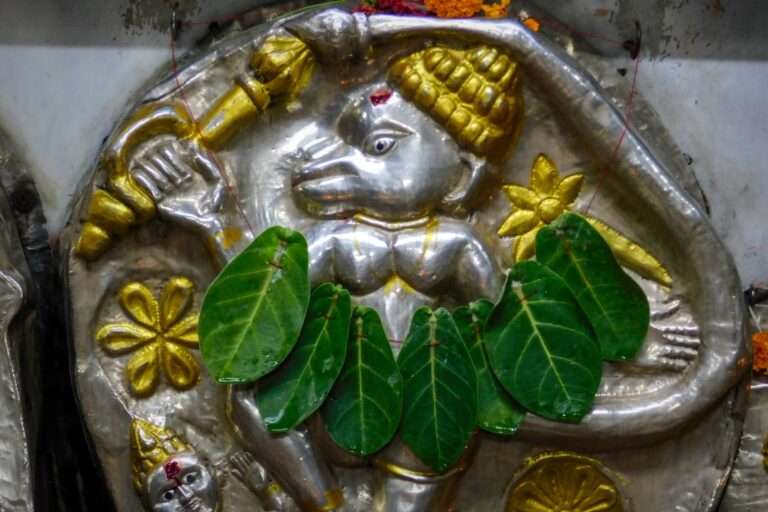The Alluring Meanings Behind Turquoise Symbolism

Turquoise is a beautiful blue-green gemstone that has been prized for its beauty and significance in various cultures throughout history. It is a symbol of protection, healing, and spiritual connection. In this blog post, we will explore the different aspects of turquoise symbolism and its significance in different cultures and beliefs.
The Historical Significance of Turquoise: Tracing its Roots
Turquoise has a long and rich history that dates back thousands of years. It was used by ancient civilizations such as the Aztecs, Persians, and Egyptians. The Aztecs believed that turquoise had protective properties and used it in their jewelry and ceremonial objects. The Persians valued turquoise for its vibrant color and believed it brought good fortune and protection from evil. In ancient Egypt, turquoise was associated with the goddess Hathor and was believed to bring life and resurrection.
Turquoise was highly valued in trade routes and commerce throughout history. It was traded along the Silk Road, connecting the East and West, and was highly sought after by merchants and traders. Its vibrant color and spiritual significance made it a valuable commodity.
The Spiritual Meanings of Turquoise: A Connection to the Divine
Turquoise has deep spiritual meanings in various religions and belief systems. In Buddhism, turquoise is considered a sacred stone that represents purity and spiritual enlightenment. It is often used in meditation practices to enhance focus and clarity of mind.
In Hinduism, turquoise is associated with Lord Krishna, who is often depicted wearing a turquoise necklace. It is believed to bring protection, prosperity, and divine blessings.
Turquoise in Native American Culture: A Symbol of Protection and Healing
Turquoise holds great significance in Native American culture and beliefs. It is considered a sacred stone that brings protection, healing, and good fortune. Many Native American tribes believe that turquoise has the power to ward off evil spirits and bring harmony and balance to the wearer.
Turquoise is often used in Native American jewelry and art. It is believed that wearing turquoise jewelry can bring protection and healing to the wearer. The vibrant blue-green color of turquoise is also associated with the sky and water, which are considered sacred elements in Native American culture.
Turquoise in Ancient Egyptian Mythology: A Stone of Life and Resurrection
In ancient Egyptian mythology, turquoise was highly revered and associated with the goddess Hathor. It was believed to bring life and resurrection, and was often used in burial rituals to protect the deceased on their journey to the afterlife.
Turquoise was also associated with the god Horus, who was depicted with turquoise-colored eyes. It was believed that wearing turquoise jewelry would bring the protection and blessings of Horus.
Turquoise in Chinese Culture: A Symbol of Wealth and Prosperity

In Chinese culture, turquoise is considered a symbol of wealth and prosperity. It is believed to bring good fortune and success in business endeavors. Turquoise is often used in Chinese jewelry and art, and is highly valued for its vibrant color and spiritual significance.
The Psychological Significance of Turquoise: A Stone of Balance and Harmony
Turquoise has psychological effects on the mind and body. It is believed to promote a sense of calmness, balance, and harmony. The soothing blue-green color of turquoise has a calming effect on the mind, reducing stress and anxiety.
Turquoise is often used in therapy and healing practices to promote emotional well-being. It is believed to help release negative emotions, promote self-expression, and enhance communication.
Turquoise in Contemporary Fashion and Jewelry: A Symbol of Style and Elegance
Turquoise has become increasingly popular in modern fashion and jewelry. Its vibrant color adds a pop of color to any outfit, making it a popular choice for accessories such as necklaces, bracelets, and earrings.
Turquoise is often associated with bohemian and southwestern styles, but it can also be incorporated into more contemporary and elegant designs. Many designers and fashion brands are incorporating turquoise into their collections, showcasing its timeless beauty and versatility.
The Healing Properties of Turquoise: A Stone of Physical and Emotional Healing
Turquoise is believed to have physical and emotional healing properties. It is said to strengthen the immune system, improve overall health, and alleviate physical pain. Turquoise is also believed to promote emotional healing by helping to release negative emotions, reduce stress, and enhance communication.
Many alternative medicine practitioners use turquoise in their healing practices, such as crystal therapy and energy healing. It is believed that wearing or carrying turquoise can help balance the energy centers in the body, promoting overall well-being.
The Enduring Allure of Turquoise Symbolism
In conclusion, turquoise holds great significance in various cultures and beliefs throughout history. It is a symbol of protection, healing, spiritual connection, wealth, and prosperity. Its vibrant color and spiritual significance have made it a highly valued gemstone throughout history.
Whether worn as jewelry or used in spiritual practices, turquoise continues to captivate people with its beauty and symbolism. Its enduring allure and significance make it a timeless gemstone that will continue to be cherished for generations to come.
If you’re interested in exploring the symbolism of turquoise, you might also find the article on cryotherapy vs. ice bath from Symbolism Hub intriguing. This article delves into the contrasting benefits and symbolism behind these two popular cold therapy treatments. Discover how cryotherapy and ice baths can not only provide physical relief but also symbolize purification, rejuvenation, and resilience. To learn more about this fascinating topic, check out the article here.
FAQs
What is Turquoise?
Turquoise is a blue-green mineral that is commonly used in jewelry and decorative objects.
What is the Symbolism of Turquoise?
Turquoise is often associated with protection, healing, and good fortune. It is also believed to promote communication and self-expression.
What Cultures Have Used Turquoise Symbolism?
Turquoise has been used symbolically by many cultures throughout history, including the Native American tribes of the Southwest, the ancient Egyptians, and the Persians.
What Does Turquoise Represent in Native American Culture?
In Native American culture, turquoise is considered a sacred stone that represents the sky and water. It is often used in jewelry and other decorative objects, and is believed to have protective and healing properties.
What Does Turquoise Represent in Ancient Egyptian Culture?
In ancient Egyptian culture, turquoise was associated with the goddess Hathor and was believed to have protective and healing properties. It was often used in jewelry and other decorative objects.
What Does Turquoise Represent in Persian Culture?
In Persian culture, turquoise was believed to protect the wearer from harm and was often used in amulets and other protective objects. It was also associated with the sky and was believed to bring good fortune.





